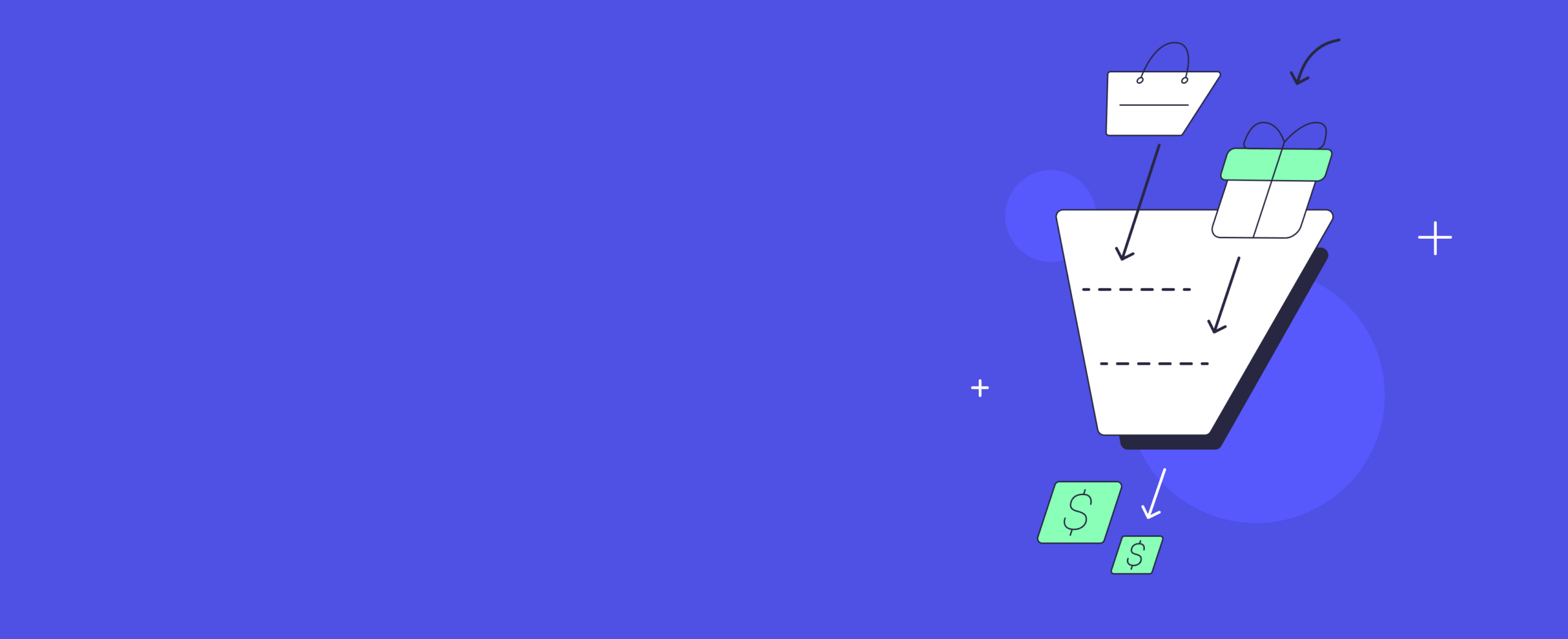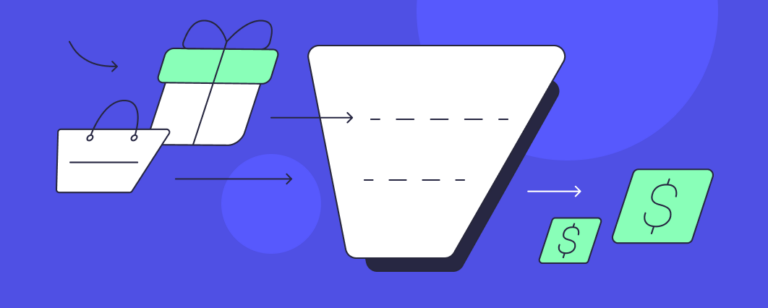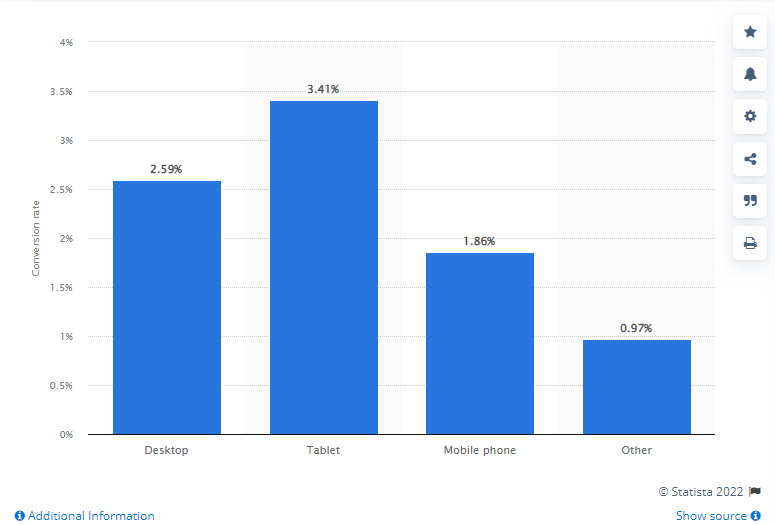For example, a cloud solutions business might ask past clients to allow an in-depth case study or testimonial to go onto their website, outlining the specific issue the client faced and how PBX in the cloud solved it.
2. Streamline Your Marketing Efforts
Your ecommerce marketing strategy is your opportunity to directly engage with new customers and drive them into the awareness stage of the conversion funnel.
When marketing your product or service, your communications should have a consistent brand message and tone of voice. You should try to engage your customers on their terms by understanding what they need from you, think: “what problem are you solving?”
Your marketing communications should also be information regarding your product or service. For example, a workplace training business might consider using webinars for a detailed view of their service, as well as shorter video clips on social media.
Email marketing is another fantastic opportunity to encourage customers back into the sales funnel if they’ve exited early. For example, you might consider sending abandoned cart emails to consumers who have exited the funnel at the checkout stage. It might be that they need more encouragement to make their purchase decision.
Streamlining your marketing for your conversion funnel is a great time to utilize A/B testing. To conduct this test:
- Design two emails containing the important information
- Split your recipient list blindly
- Send email “1” to group A and email “2” to group B
- Collect relevant data (open rate/click rate)
- Track the success of email marketing campaigns using the more popular design
Your marketing voice should be authentic about your business and honest with your customers. Make sure that any claims you make about your product can be backed up, as unsubstantiated claims can negatively affect the sales funnel conversion rate.
3. Optimize Your Website
You can’t control your customers’ actions during the sales funnel. But you can control your website.
This is your primary customer-facing contact point, so it needs to be optimized for your audience and your product. Frustration and confusion are two key elements that can lead to a low conversion rate, so you need to avoid making your customers experience these emotions while onsite.
Some examples of how you can do this for customers that have passed the awareness stage include:
- Introducing product categories and filters if you have a large inventory
- Accessibility features like a dark mode or larger font options
- Minimizing intrusion from popups and ads
- Include timely call-to-actions (CTAs)
- Give the opportunity to sign onto mailing lists
This are ways that you can assist consumers once they’re onto your site. But you should also optimize your website for consumers in the awareness/discovery stage.
This includes optimizing your search engine optimization (SEO) strategy.
4. SEO
SEO is your opportunity to rank highly on search engine result pages (SERPs) when consumers search for a product in your industry. Particularly important for saturated markets, an effective SEO strategy can really benefit your sales funnel and result in boosted conversions.
Consider content marketing. Incorporating content marketing into your SEO strategy can boost your brand awareness and search engine ranking by:
- Informing about a product. In-depth content assuring customers of support and quality of your product/service can encourage trust in your brand and a decision to make a purchase.
- Ranking highly for relevant searches. Directing your content and keywords to specific issues that your audience has (this comes back to knowing your audience) will help you to rank well for highly relevant searches.
- Encouraging repeat visits. Customers are more likely to return to your site if you’ve been helpful in the past. They may also recommend your business online or through word-of-mouth.
- Establishing your business in your industry. Present your business as a thought-leader in your industry (particularly for service-based or B2B businesses) with consistent, relevant content.
A key part of SEO is identifying keywords for your industry and relating your content to these. These can include wide keywords, but you should try to target specific terms. This means that your users will find relevant information on your site.





















